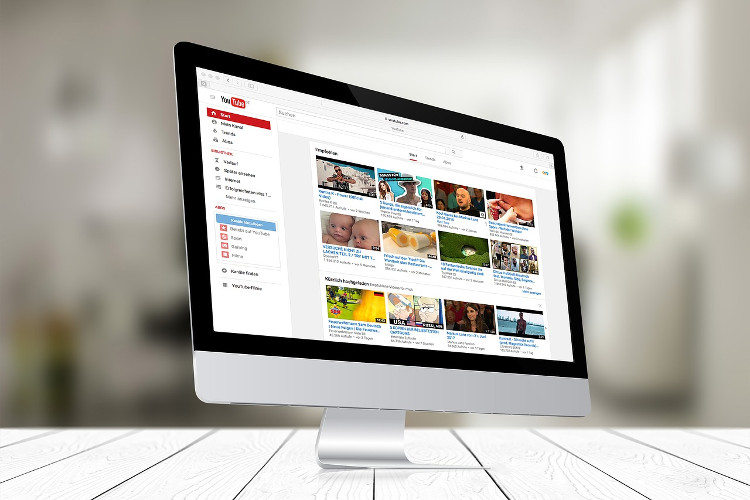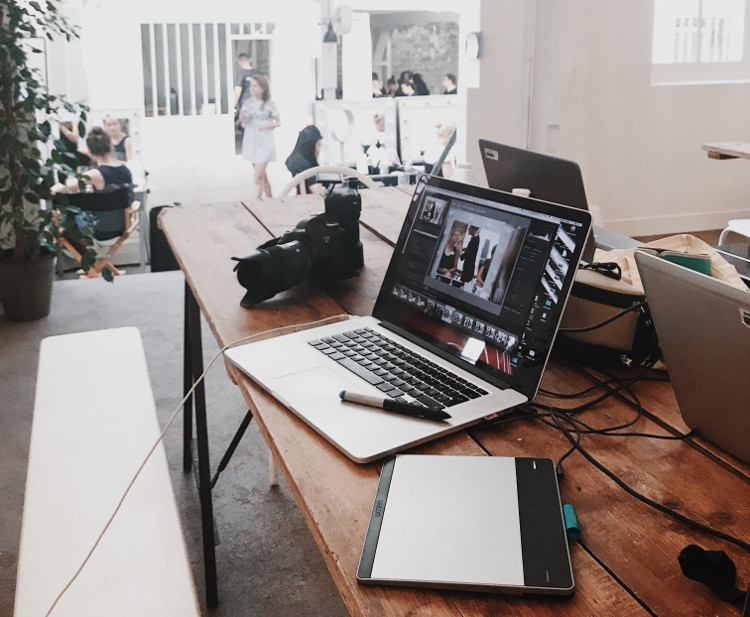
The internet affords near-unlimited promotional opportunities if you’re willing to get creative (and which competent designer isn’t?). You can write informative blog posts, share your portfolio, pitch projects to companies and individuals alike, and even run paid advertising if you want to. But there’s a promotional channel that many designers overlook, for varying reasons: YouTube.
Some don’t rate it because they don’t see how it generates consistent revenue (particularly following the much-discussed adpocalypse), but they perhaps don’t realize how prominent a role it plays in the world of search. It’s actually the second-biggest search engine in the world — if you want to be found, it fully warrants your time and effort.
Others object to the notion of doing video content, wanting to be judged purely by the quality of their completed work — and that’s commendable in a sense, but it isn’t pragmatic. When design is both a passion and a profession, both sides must be fed. And given YouTube’s reach and influence, it seems outright foolish to not even bother trying.
To that end, let’s get down to the practicalities. Here’s how a designer can use YouTube’s video dominance to expand their following and bring in more business:
Documenting the full design process
Plenty of people who are interested in design don’t actually know everything that goes into it and would be really eager to learn more. You can help with that. You already do the work, so why not simply start recording it? Break your process down into clear steps to create guides. That way, you can attract aspiring designers (potential collaborators) as well as people who might one day want to hire you.
Something important to consider is that many things that seem obvious to you are not obvious to others. Take something simple like drawing a nose at a side angle. You may be able to do it in your sleep at this point, but there are still so many people out there who don’t have the first clue about how it works. And yes, there will inevitably be countless tutorials already available on YouTube and other platforms, but they’re not necessarily good.
Try watching the most popular guides on design skills in your area of expertise. What do you make of them? Do they skip important steps? Offer underwhelming tips and “shortcuts”? If you think you could do better, then you have a golden opportunity to do just that. If you can provide clear and helpful instructions in a succinct format with solid production values, you’ll stand out from 99% of the content on YouTube.
Showcasing design work through editing

Many YouTube channels take things too far, but there’s nothing wrong with having a simple intro, overlay, and outro that you stick to for all your videos. The intro establishes your channel, the overlay allows you to get creative with the presentation, and the outro lets you link out to other channels for reaching you (social media platforms, crowdsourcing accounts, your website, your portfolio, etc.) — and each one gives you a chance to show your skills.
Do you have a distinctive style that sets you apart from other designers? Show it in your branded visual assets. As people consume more of your content, that style will stay with them, and they’ll come to associate it with you. And when they encounter project requirements that remind them of that style, they might well contact you as a result.
Identifying your niche in this way helps you own it, turning your designer business into a veritable brand. Whatever you do, though, be sure to keep your design work consistent across all platforms. If you update your logo on YouTube, also do so on Twitter, Facebook, your website, and anywhere else it resides. Leaving things mismatched will make you look sloppy and unprofessional, and cause damage to your brand.
In the same vein, always script your work and control the conditions. Sloppy production is a major step towards video marketing failure, so keep the production quality high. Doing great video marketing takes a lot of work, and winging it (while much less stressful) is a waste — particularly if it establishes a huge mismatch between your design work (utterly professional) and your video work (sloppy and amateurish). Overall quality is key.
Talking about specific influences
Every designer will have certain styles and artists that influenced them while they were developing their skills, and that’s information that people like to know about. It cuts to the heart of your passion for what you do. It shows that you’re a human with hopes and dreams, not just a robotic designing machine eager for money.
In addition, making a video about how you were influenced by a famous artist is a great way to get additional traffic in the form of people searching for content about that artist. If they happen upon your video and enjoy it, they might conclude that your style is likely to be something they’d appreciate, and start to follow your channel in general.
Collaborating with other creatives

The value of cross-promotion on YouTube has become very well established by now (indeed, it’s one of the biggest trends in the ecommerce industry today). Two channels with similar audiences can work together for mutual benefit: each one participates in a video on the other’s channel, encouraging its viewers to visit said channel to try the content. The net result is a boost in subscribers for both parties.
And YouTube has no shortage of creatives that can plausibly team up on projects with designers (there are even dedicated services for making this happen). Writers, actors, singers, engineers, painters… the styles don’t even have to be that similar, because all different types of art can coexist perfectly well. Look at it more as a matter of mutual respect and admiration. Find the YouTube creatives whose work you enjoy and who enjoy your work, and build incredible things alongside them.
Pursuing specific challenges
Interactivity is extremely important for building a community through a YouTube channel. People may like to consume your content passively, but the more chances they’re given to get involved, the more closely they’ll support your work — and the more effort they’ll put into discussing it, promoting it, and even contributing to it financially through crowdfunding platforms like Patreon.
One of the strongest ways to engender personal involvement is to dedicate at least some of your YouTube time to facing challenges suggested (or at least led) by your viewers. Ask people what they’d like to see you doing in videos. Drawing in a particular style? Creating logos for sports teams, real or fictional?
Or maybe you could tackle renovation projects — they tend to be very engaging. Plenty of YouTubers get easy views through videos in which they take existing things (whether purchased or simply lying around) and improve them with some DIY effort, often with the goal of selling them at a profit. We all like to see clear progress, and it’s so satisfying to see something mediocre improved until it’s fantastic.
You could do this with design. Buy a website — or even a storefront, since they’re fairly easy to sell — and overhaul its design completely, explaining your decisions as you go. Once you’re done, upload the video, and provide a link to the site you worked on so people can bid on it. You’ll likely make some profit (however small) on the sale, all while showing your skills.
If you really make the most of YouTube’s platform, you can greatly expand your audience while making your services much more accessible. It isn’t expensive to start recording videos (a basic smartphone will be enough), so why not try it? What is there to lose?